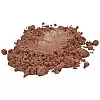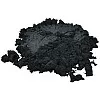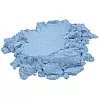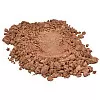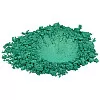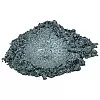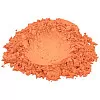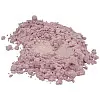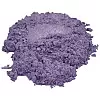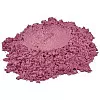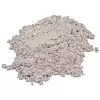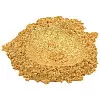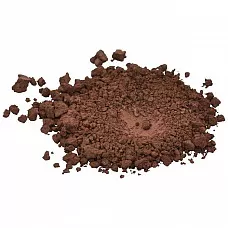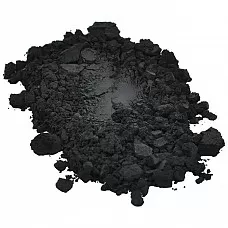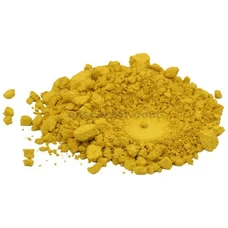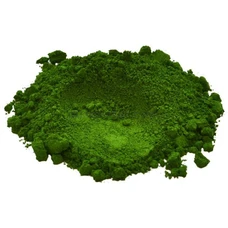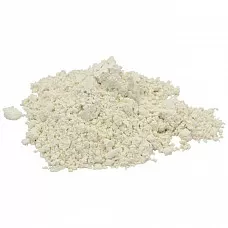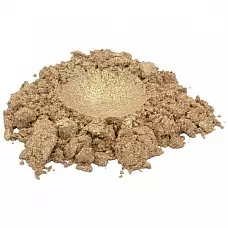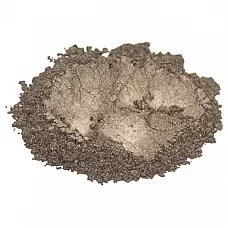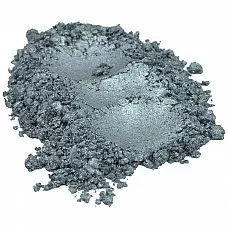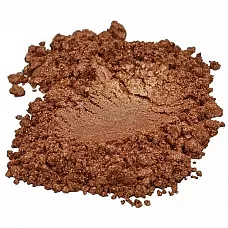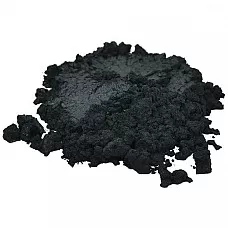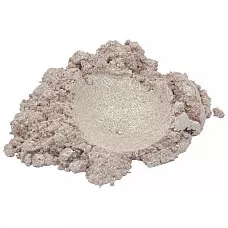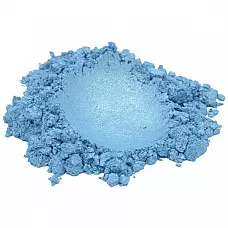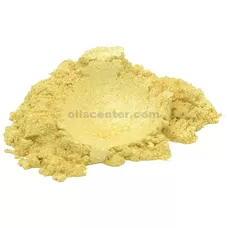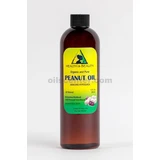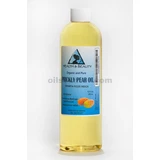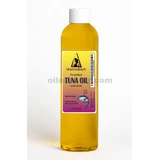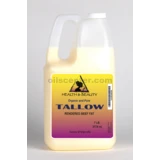$0,00
Checkout
Micas & Pigments
Pigment is a concentrate of color. It is part of other cosmetics - this is exactly what gives them a shade. But due to other components in the composition, the pigment loses its saturation and brightness. The same thing happens with mica. You can find it in products where there are overflows of color and radiance. Mica can give shimmer and satin shine, create a metallic effect. But, as in the case of pigment, other components of the composition muffle it. Therefore, those who want to add make-up a little brightness and saturation - a vibrant color and radiance, apply pigments and mica separately. The main feature of both products is that they are not used dry. To "bond" with the skin, they need a foundation. We will tell you more about how to use pigments and mica below.
An important point with them is not to make a mistake in quality. Pigments and mica have a dry texture and, looking at them, you should get the impression that you are holding a magic powder - the color and radiance should be so mesmerizing. Not all pigment and mica manufacturers recreate this effect correctly, but you can be sure of those presented in the Visage catalog. Our make-up artist recommends them and guarantees excellent makeup when applied correctly.
How to choose pigments and mica
There are no specific recommendations for choosing mica and pigments. Largely because their use is pure creativity, and, as we know, it does not endure borders. There are a couple of points that you should consider before buying. One of them is the type of mica grinding, since its effect depends on it. Everything is simple here:
- the largest grinding gives the strongest radiance, that is, you get the purest shimmer;
- mica of medium grinding gives the effect of metallic or pearly shine;
- fine grinding is a delicate satin shine that can go dull if the particles are very small.
When choosing a pigment color, consider where you will apply it. Eye makeup is not the only place to use it, and we will talk more about this in the next section. If you are going to combine it with your shadows, then choose a color to match their tone or a harmonious combination with them. Remember that pigments, like mica, are products for accents in makeup or creating vivid images.
Professional tips
The most popular way to use pigments and mica is as shadows. Both products can be mixed with each other and both are not applied to clean skin - they need a bonding base. It can be a base for shadows, cream textures or a soft pencil that is well shaded. The product on top of them needs quite a bit. The movements with which you will apply them to the eyelid are patting, not extinguishing. It is best to do this in layers to control pigment and mica saturation.
Other uses for makeup:
- Colored eyelashes. Colored mascara will not give the same brightness as the pigment, so this use is preferable. Mix the pigment with a colorless eyebrow gel and color the cilia with it.
- Lip makeup. Combine the pigment with a translucent sheen or balm and get a delightfully bright accent on the lips. You can also mix several pigments and get the original shade of lipstick. You can take a colored product and mix it with mica of medium grinding for a pronounced mother-of-pearl shine. It can also be used to accentuate the tick on the lips.
- Luminizer, highlighter, bronzer. Fine mica is ideal for highlighting certain parts of the face, and large and medium - for radiant accents. The base will be a tonal tool. Instead of a bronzer there will be a pigment of the corresponding color, which is also applied to the foundation.
-
👍 New items in Micas & Pigments 2025
-
💯 Bestsellers in the Micas & Pigments 2025
-
💵 Cheapest Micas & Pigments 2025
-
💰 Most expensive Micas & Pigments 2025
-
✅ Most popular products in the Micas & Pigments 2025
-
💵 Price range: from to Micas & Pigments 2025
-
What are micas and pigments in the context of cosmetics?
-
How are micas and pigments different?
-
Can micas and pigments be used in all types of cosmetics?
-
Are micas and pigments safe for sensitive skin?
-
How can I incorporate micas and pigments into DIY cosmetics?

